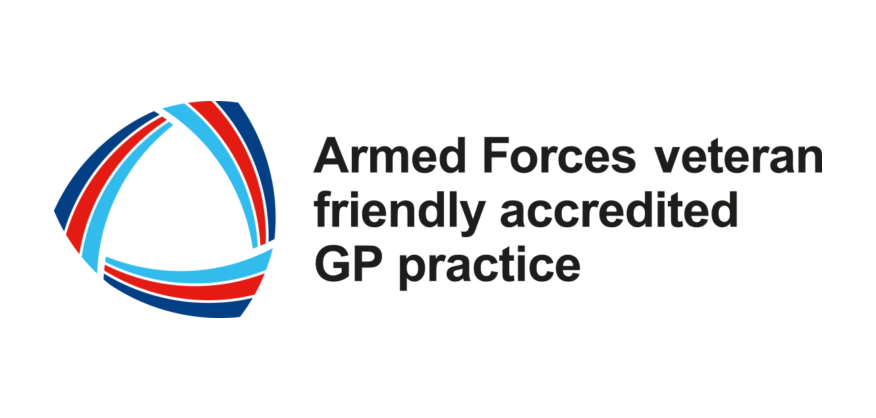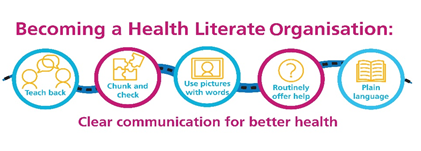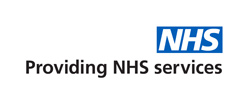Have you been asked to measure your blood pressure at home by a Doctor or Nurse? If so please see the link for instructions and a form to complete and then return to the surgery. You may receive a AccuRx SMS text message, where you can record you blood pressure at home via the AccuRx Florey. This will be uploaded directly into your patient notes.
How to measure your blood pressure at home (Word)
How to measure your blood pressure at home (PDF)
The following video by Blood Pressure UK, shows you how to take your blood pressure at home.
Before you measure your blood pressure
- Avoid things that can raise your blood pressure in the short term. Don’t measure your blood pressure within half an hour of eating, smoking, drinking caffeinated drinks such as coffee, or exercising. These can all raise your blood pressure temporarily. If you need to use the toilet, go before you measure your blood pressure.
- Wear loose-fitting clothes. Wear a short-sleeved t-shirt or something with sleeves you can push up easily, nothing tight. This is so that you can fit the cuff around your arm.
- Rest for five minutes before you take your reading. Sit down somewhere quiet, ideally at a desk or table. Have your back supported with your arm resting on a firm surface and your feet flat on the floor. Stay in this position while you take your blood pressure.
- Make sure your arm is supported and at the same level as your heart. Position yourself so that your arm is resting on a surface and is at the same height as your heart. Keep your arm and hand relaxed, not tensed.
- Make sure you are relaxed and comfortable. If you are anxious or uncomfortable, your blood pressure will rise temporarily.
How to measure your blood pressure at home using a home monitor
- Follow the instructions that came with your monitor. Make sure you place the cuff around your arm as described in the instructions.
- Place the arm cuff just above your elbow. The cuff should be about 2cm above your elbow to make sure it can detect the artery in your arm, just under the skin.
- Keep still and quiet while you take your reading. Moving, chewing, talking and laughing can affect your reading. Make sure you don’t cross your legs, as this will raise your reading too.
- Take two or three readings, each about one to two minutes apart. If your first reading is much higher than the next, ignore it and take an extra reading. Once you have two to three readings, you can work out the average.
- Keep a record of your measurements. Record all your readings in the memory of your monitor, on your computer or phone or on paper – whichever you prefer. Write them down exactly as they appear on screen.
Tips for measuring your blood pressure at home
- Measure your blood pressure in both arms when you first start. They will give slightly different readings. From then on, use the arm that gave you the higher reading each time.
- Always use the same arm. If possible, use the arm that your doctor or nurse uses when they measure your blood pressure.
- Take readings at the same time each day. For example, first thing in the morning or last thing at night. Your blood pressure can vary throughout the day and with different activities, so this will mean you’re comparing like with like. It’s good to have a routine – like measuring your blood pressure before breakfast.
- Don’t round your measurements up or down. Record your readings as they’re displayed because it could affect the treatment you’re prescribed.
- Don’t worry if you get an unexpected high reading. A one-off high reading is usually nothing to worry about, rest for five minutes and take the reading again. If it’s still high, measure your blood pressure again another day. If it remains high for long, around two or three weeks, see your doctor or nurse.
- Don’t worry about small changes. It’s normal for there to be small changes in your blood pressure.
- Don’t check your blood pressure too often. Some people find that they become worried or stressed about small changes in their readings if they take them too often. Worrying can also raise your blood pressure in the short term, making your reading higher than it should be.
- Don’t stop taking your medications if your blood pressure falls. Always talk to your doctor before stopping your medications, even if your blood pressure has fallen to a healthy level according to your home monitor.
- Speak to your doctor or nurse if you’re worried. If you have doubts or concerns about your readings or home monitoring, speak to St Johns Surgery at 01527 872393. If you think you may be having a stroke or heart attack call 999 immediately.



